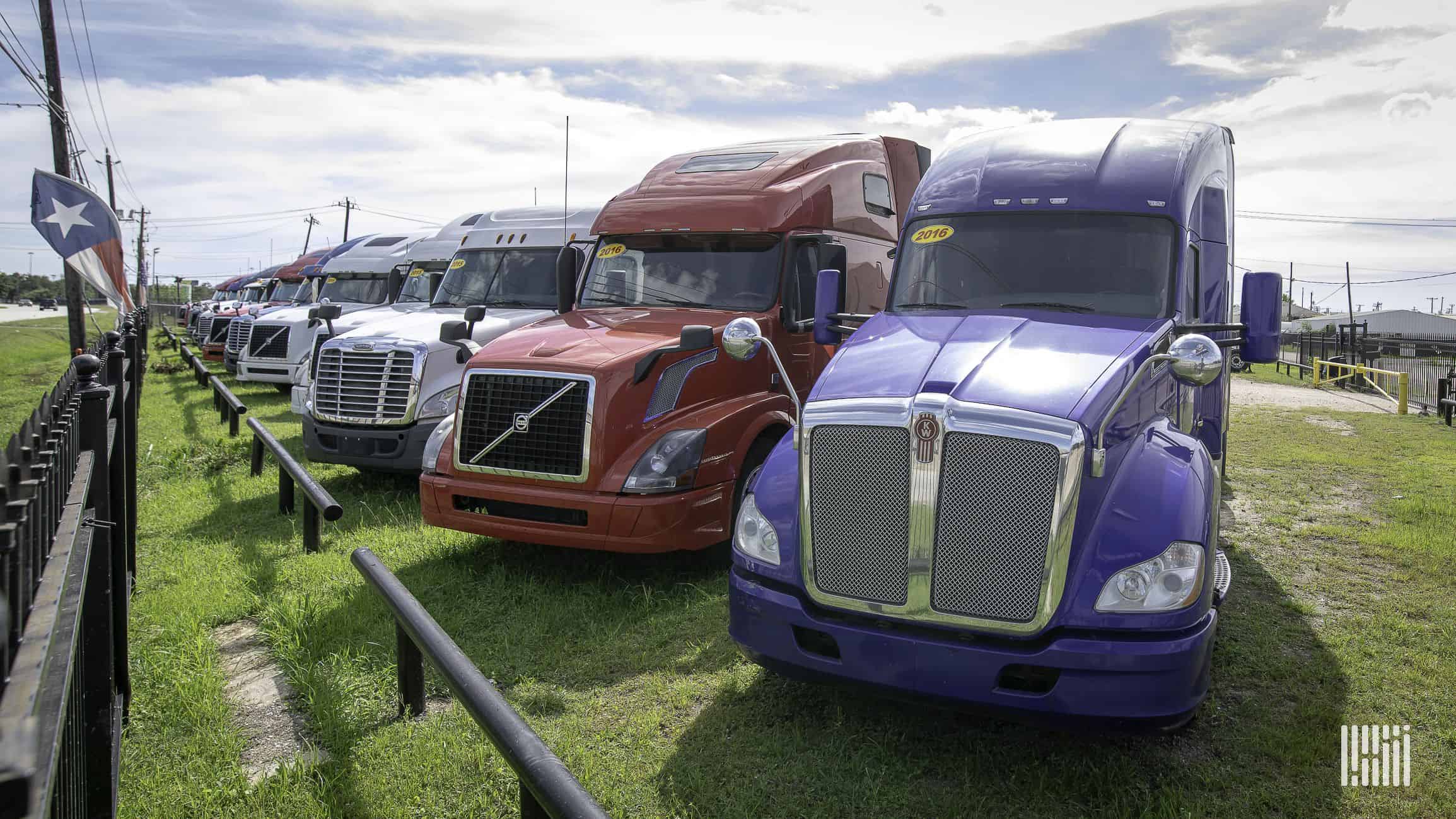Semi-trucks are a vital part of the supply chain, and losing control of a vehicle can lead to significant damages and delays. Semi-trucks have been optimized over the years to reduce the likelihood of accidents. Air ride suspensions are one piece of technology semi-truck manufacturers use to give drivers more control over their vehicles. We’ll outline how air ride suspension works and what to know about them.
What Is Air Ride Suspension?
Air Ride Suspensions facilitate smooth rides and give the driver more control over a truck. These systems use electric pumps or compressors to move air in a space between the wheels and the vehicle’s body.
Why Is It Important?
Air ride suspension creates less friction on the road. Bumps in the road will have less of an impact on a truck with an air ride suspension system. The system provides more traction, keeping cargo secure and making the ride more comfortable for the driver.
How Does It Work?
Air ride suspension distributes weight across your truck, enabling an optimal driving experience. This dynamic relies on an air suspension system and kingpin.
Air Suspension System
The air suspension system is the first loading point. All freight enters this part of the truck before moving to the front, should it get there. The air suspension system is at the center of the truck’s axles. Suspension support on the chassis keeps the system in place.
Suspension Support
Suspension support is on an axle and is roughly a foot away from the wheel. This component is about a quarter of the wheel’s height. Suspension supports hold up the truck trailer and are on the opposite side of a wheel as the bellows.
Air Suspension Bellows
Air suspension bellows are on the other side of the axle, away from the suspension support. These bellows push up the trailer when they receive air pressure and help distribute cargo within the trailer.
Axles
Each semi-truck has several axles that act as one system. Each axle can carry the same amount of weight, enabling cargo to get evenly distributed within the trailer.
Kingpin
The kingpin connects the truck and the trailer. It is a fixed loading point, and it affects both how the vehicle turns and how the cargo is managed.
How Do the Kingpin and Air Suspension System Work Together?
The kingpin is a fixed loading point, while the air suspension system is a flexible loading point. Drivers can lift axles to shift weight within the truck. If you want weight redistributed at the back of the truck, you can lift the last axle.
Lifting the first axle will redistribute the weight to the front of the truck. Truck drivers can gain more traction on a loaded trailer while protecting the tires and brake pads when the truck is not loaded.
Benefits
- More traction
- Save your tires and brakes
- Extend the truck’s lifespan
- Provide drivers with a more comfortable ride
- Drivers have more control over the truck’s weight distribution
- All wheels remain even
- Lower long-term costs than a leaf suspension system
Potential Challenges
- High initial costs
- Frequent maintenance to avoid mechanical issues
- Air leak vulnerabilities
- Less fuel efficiency
Difference between Spring Ride and Air Ride Suspension
Air ride suspension relies on air springs, while spring ride suspension uses leaf or steel springs. Air ride suspension gives drivers more flexibility with weight distribution, but spring ride systems have fewer vulnerabilities.
Air ride systems can go flat or experience air leaks. These issues can lead to higher maintenance costs than spring ride suspension systems.
Is Air Ride Suspension Right for You?
Air ride suspension can increase a semi truck’s functionality and give drivers more choices with weight distribution. You’ll have to pay more when it comes to maintenance, but you’ll get more life out of your semi-trucks.
The market is growing, and experts project that the industry will increase from $1.99 billion to $3.91 billion by 2030. Truck fleet owners who are looking to extend their trucks’ lifespans and give their drivers a better riding experience should consider air ride suspension systems.
FAQ
Air ride suspension distributes weight within a truck. Lifting axles in the front or back of the truck impacts cargo allocation, enabling more traction as well as less wear and tear.
If you get air suspensions, you will have to check air springs and air line connections. Owners should also check for leaks, do regular inspections, and schedule routine appointments.
Experts project the air suspensions market will grow from $1.99b to $3.91b in 2030.


